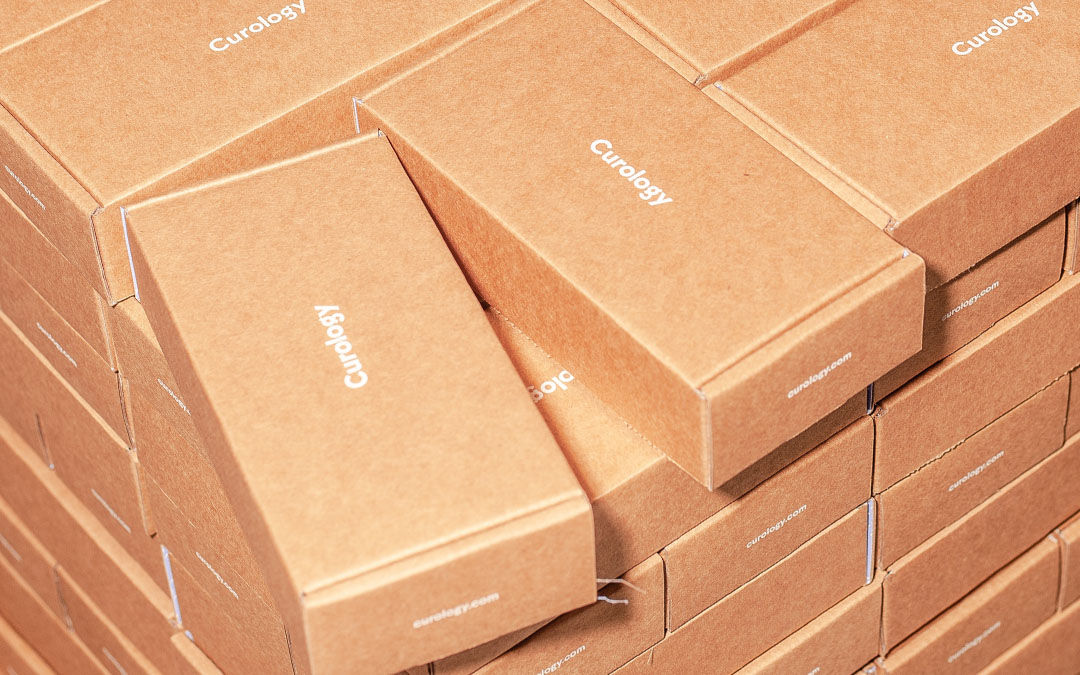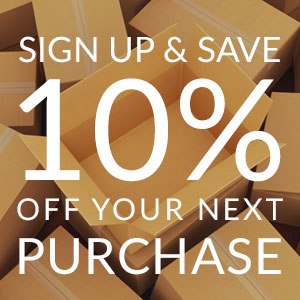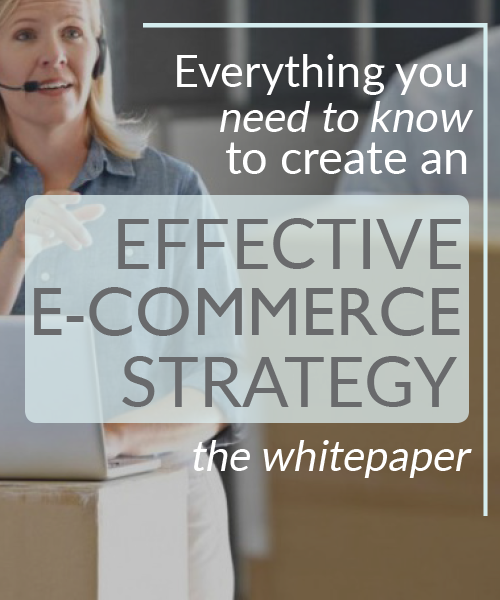It’s estimated that nearly 2 billion people will shop online this year, and that number is only expected to rise every year for the foreseeable future. Roughly 15% of all those shoppers have signed up for subscription services—that is, recurring shipments of goods like razors, food or clothing that arrive at a customer’s door monthly. When you do the math, it’s clear that the subscription boxes industry is absolutely booming and showing no signs of slowing down.
Much like the e-commerce industry that spawned it, subscription boxes are a highly competitive market. Some businesses only offer their products on a subscription basis, while some use subscriptions to augment and promote their existing product lineups. There are even startups whose entire business model is meant to help design, launch and fulfill subscription services. It’s big business, for sure.
So, if you’re thinking of launching custom subscription boxes of your own, you’re probably wondering where to start. And while you’ll need to do research on your specific product, we’re glad to help you start outlining the basics of developing the subscription box itself.
You need a plan.
Outline exactly what your packaging needs to do, and what you need to do to bring it to life. This involves developing a budget (which will be dictated by your business needs and wants), determining what kind of protection your products require, and deciding what kind of unboxing experience you want your customers to have. Figuring those three things out will help guide your decisions going forward.
What materials will you be using for your subscription boxes? What components will be stock packaging? Which will be customized or printed? Every choice here affects the other.
What shipping company will you use? What delivery services will you pay for? No matter what you choose, any delays or damage during shipping will cause the customer to blame you, not the delivery company.
Having a plan is essential. Without one, it’ll be difficult to move forward properly.
You need a budget.
This certainly falls under needing a plan, but it bears exploring. Keep in mind that as your needs change and you make business decisions, you’ll need to revisit your budget regularly.
As you’re likely just starting out you’ll need cash flow for expenses. So, you don’t want to overspend on your packaging choices, but if you underspend you risk product damage and making your brand look inept and cheap. It’s a balancing act, and only you can make the necessary adjustments.
You need a timetable.
Timing is everything, as every aspect of your business takes time to complete properly. Research and development will take a while and shouldn’t be rushed. The eventual design of your box will also take time, as every detail is worth getting exactly right. You’ll also need to factor in printing, production and shipping times.
Don’t leave your packaging design until the very last moment. If you’re prepping Christmas subscription boxes, you’ll need to be in the holiday spirit by September. Any later and you risk throwing your timetable off. Be mindful of every step of production.
Choose the right box.
Just as products and their needs are different, so too are corrugated boxes and their uses. When choosing the style of boxes you’re going to use, it’s important to keep in mind many things.
Will you go with kraft boxes for a natural look, or white boxes for a clean one? Will you print on the box, or brand it with custom labels and custom tape?
Do you simply want a regular slotted carton for shipping products? Do you want a front lock mailer to create an unboxing experience? Do easy fold mailers fit your products best, or create an opportunity for a unique looking shipment?
Optimize the size of the box.
Know your product as best you can, especially its dimensions. This will help you choose the box size that best suits your packaging needs. A box that’s too big wastes space and needs more void fill, costs more to buy and ship, and can be so unwieldy it turns off customers. But a box that’s too small risks damaging the product, makes your business again look cheap, and tends to make customers lose attention.
A properly-sized box will represent your brand, protect your products, conserve your budget and make your customers happy. Make sure you nail this one.
Properly design and brand the box.
Here’s where you survey your branding, including your logo, colours and personality. You also need to identify what your packaging is trying to say and what feelings it’s trying to elicit from the customer.
Will you use vibrant colour boxes to grab attention, or print only on the inside of the box to surprise anyone who opens it? Will you use messaging to make customers smile and prompt them to take action, or use interesting designs like colouring book graphics to hold their attention?
Whatever you do, make sure your box matches and represents your brand. Logos, graphics, images, colours, fonts and words are all essential considerations
Thank-you cards (handwritten are the most memorable), coupons and certificates, gifts and toys, samples and candy are all solid ways to complete your box design and create an unboxing experience. Don’t be afraid to add calls-to-action in your packaging. Encourage social sharing.
Stick with one packaging partner.
Finally, find the packaging partner for you, and stick with them.
This way, you’ll know their shipping times, the quality of their products, and the costs of their packaging. Moving from provider to provider can throw off your plans, spike your budget, and render your timetable useless. Thankfully, you’re reading the blog of a packaging company that’s committed to bringing you timely, economical and quality custom packaging solutions.
Creating your own subscription service, like all worthwhile things, will take some serious work and dedication. With these tips for creating subscription boxes, it’s our hope that we’ll help bring you that much closer to realizing your business dreams. Be sure to check out our online packaging designers, and drop us a line if you’re curious about what The Packaging Company can do for you.
Sources: Forbes




